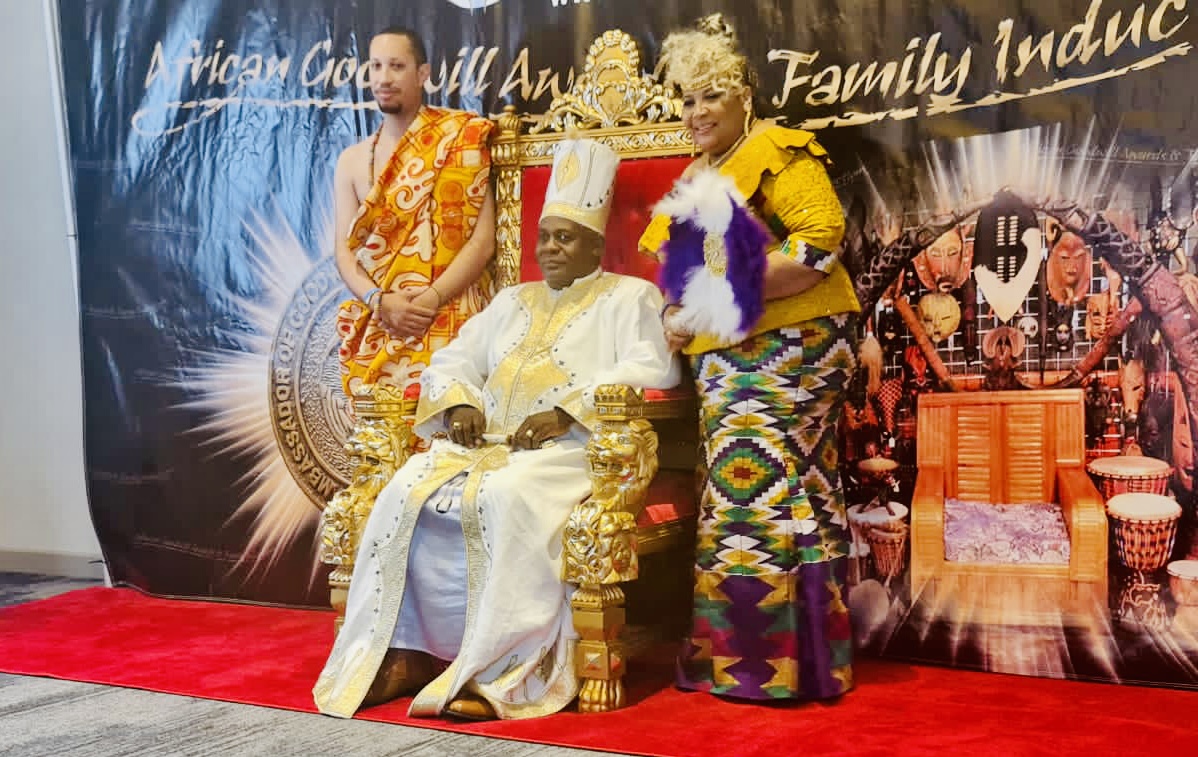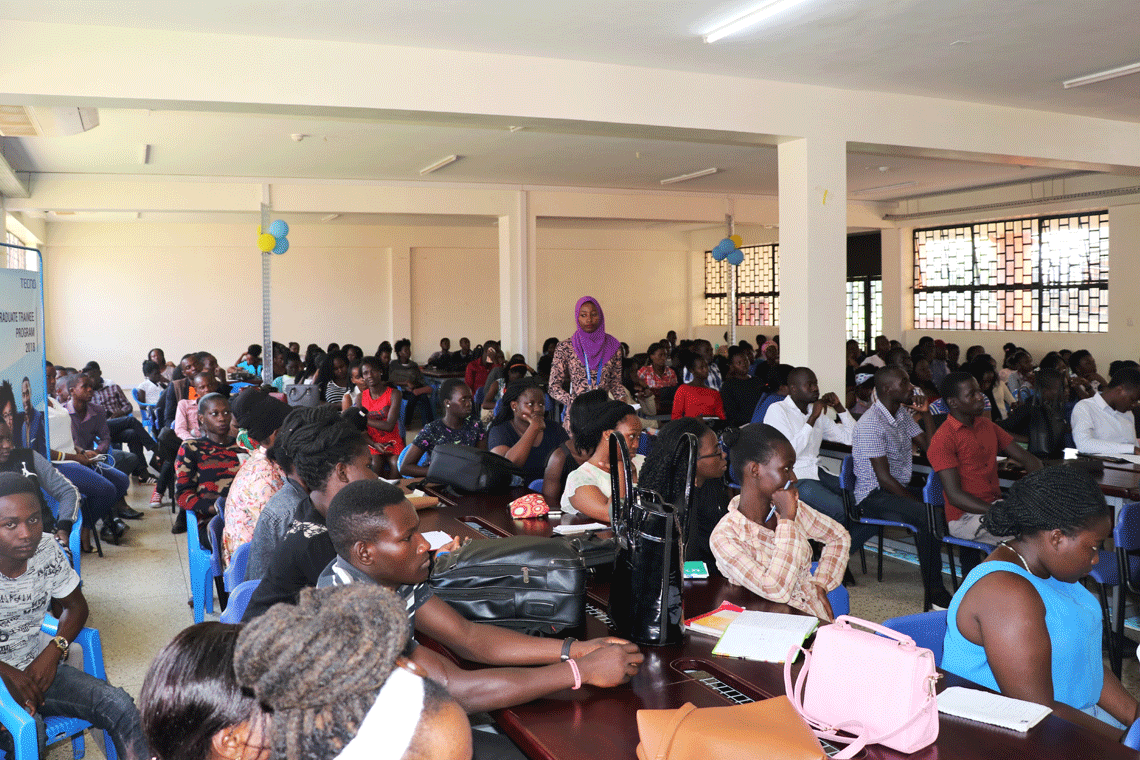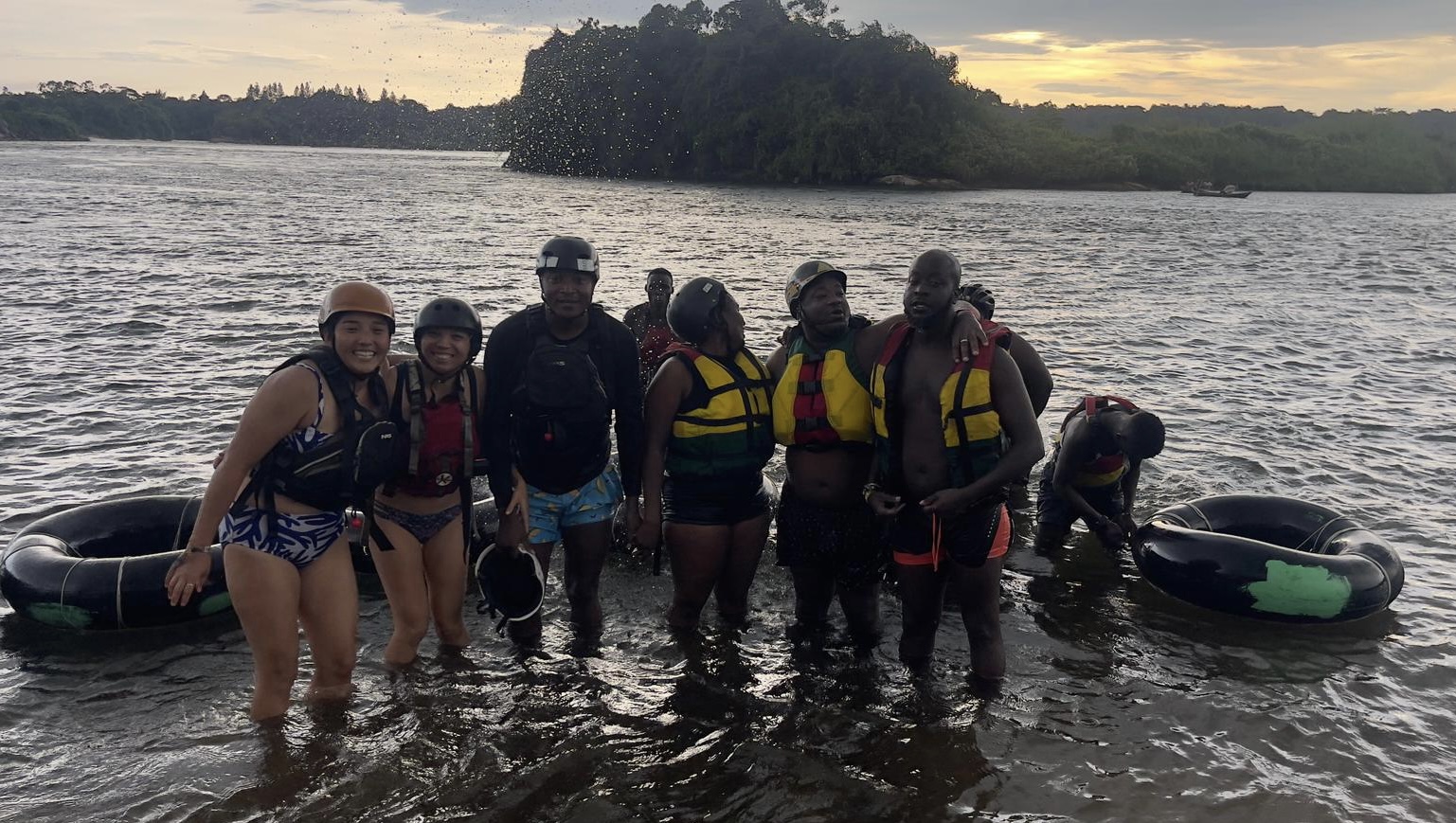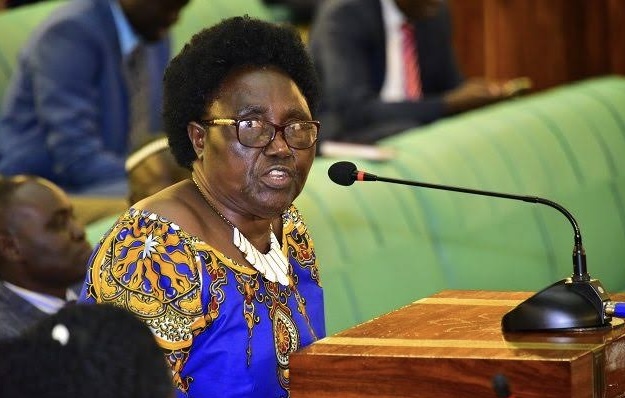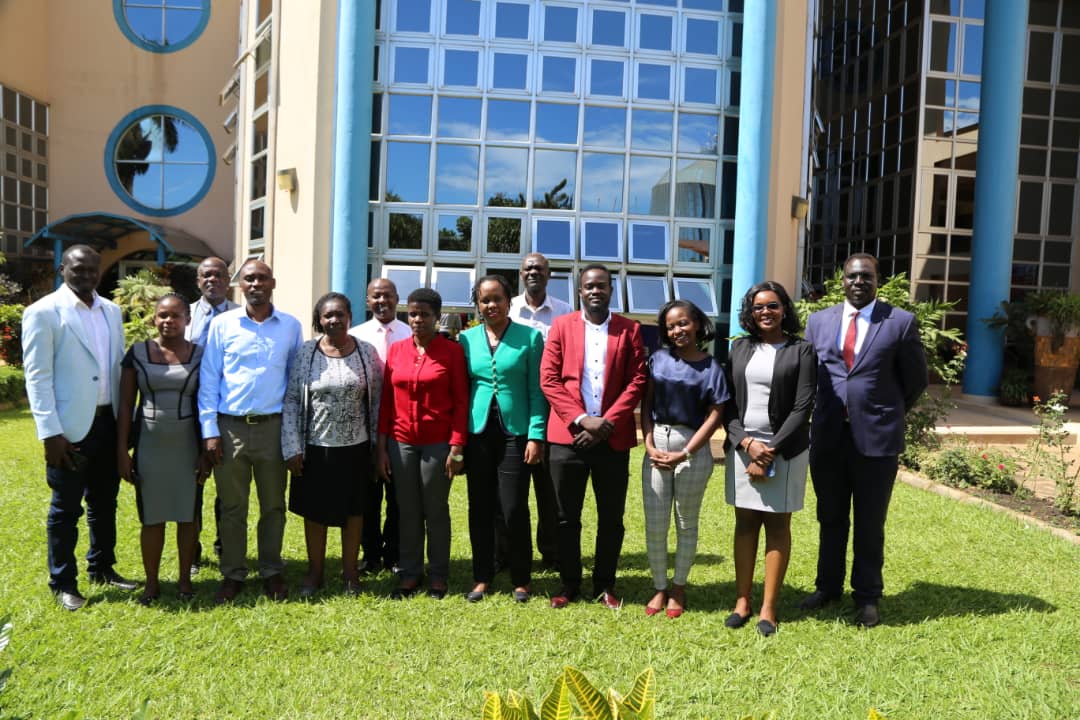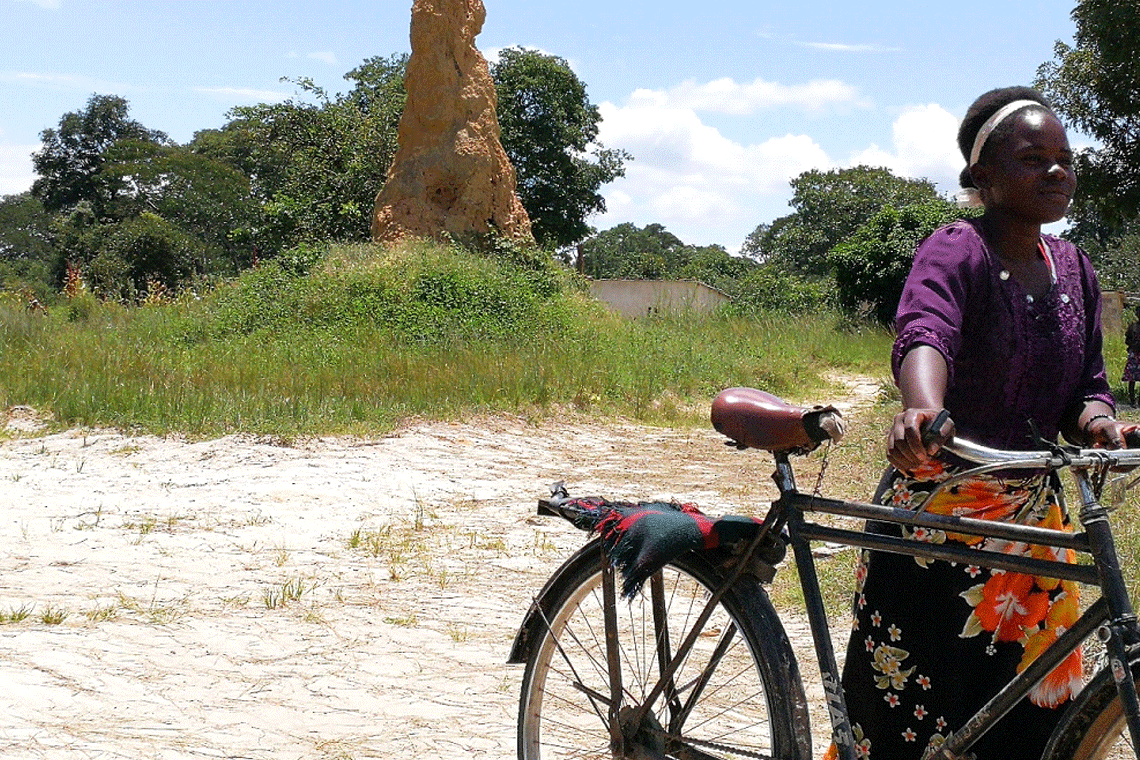By Assaf Levy, BioDB
KAMPALA – UGANDA, August 10, 2023: In the heart of the African wilderness, a symphony of power and grace echoes through the savannas – the thunderous roar of the majestic lion, the king of the jungle. But beneath this awe-inspiring facade lies a saga of resilience, struggle, and a battle for survival that will leave you in awe.
These magnificent big cats have captured the human imagination for centuries with their unrivalled social structure and awe-striking manes. But do not let their majestic façade deceive you, for behind their golden eyes lies a world of challenges threatening their existence. In this article, we’ll delve into the enthralling world of lions, exploring the epic journey of conservation, population dynamics, and the latest research that unveils the hidden truths behind these regal beings.
The Lion’s Predicament
Lions once roamed throughout Africa, Asia, and Europe, but now they are only found in fragments of sub-Saharan Africa, with a subpopulation in West Africa and a small population of Asiatic lions in India’s Gir National Park. Tanzania is home to three of the five largest lion populations, and the vast majority of lions live south of the Sahara. Lions are adaptable big cats that can survive in various habitats, including dry forests, thick bushes, floodplains, and semi-arid desert areas.
However, they prefer open savannas, where it is easier to stalk their prey. According to the International Union for Conservation of Nature (IUCN), there are an estimated 23,000 to 39,000 lions remaining in the wild. Recent data suggest that number may be closer to 20,000 as three-quarters of their population is declining. While lions are not currently classified as endangered, their population is expected to decline further without adequate conservation efforts.
Lions face an array of threats, the vast majority of which can be attributed to humans. Ranchers, for instance, often fear that lions will prey on their livestock, which can be a significant financial blow. To prevent this, they may resort to killing the animals in retaliation and as a preventative measure. In some cases, they even use pesticides as poison. Conversely, poachers target the species for their bones and other body parts, which are highly valued in the illegal wildlife trade.
The role that trophy hunting plays in this conflict is highly controversial. While some argue that hunting fees generate money for lion conservation efforts, others point out that mismanaged hunting in the past has caused lions to disappear from certain habitats.
Making matters worse is the loss of prey across the species’ range. African lions rely heavily on large herbivores for sustenance, but these populations are being hunted to extinction for the increasingly commercial bushmeat trade.
In East Africa, for example, these populations have declined by as much as 52%, while in West Africa, the decline has been even more dramatic at 85%. With fewer food options available in the wild, lions may be more likely to turn to hunt domesticated animals like livestock, further fuelling the conflict between humans and lions.
Conservation: The Grand Quest for Balance
Conservation efforts for lions involve a delicate balancing act between preserving their natural habitats, minimizing human-wildlife conflicts, and managing sustainable populations. One successful initiative has been the establishment of protected areas and national parks, which offer safe havens for lions to thrive.
Countries like Kenya, Uganda, Tanzania, and South Africa have made strides in creating these protected spaces, allowing lions to maintain stable populations. However, despite these efforts, some challenges persist. One issue is the encroachment of human settlements into lion habitats.
As the human population expands, it brings humans and lions into closer proximity, leading to increased conflicts and potential loss of livestock, which can provoke retaliatory killings of lions by local communities. Resolving this issue requires collaboration between conservation organizations, governments, and local communities to develop sustainable practices that benefit both people and wildlife.
Understanding population dynamics is also crucial for effective lion conservation. Over the past few decades, lion populations have experienced fluctuations due to various factors. According to a study conducted by the Lion Recovery Fund, there has been a noticeable decline in lion populations in certain regions, such as West Africa, where they are now classified as “Critically Endangered.”
In contrast, populations in Southern Africa have shown more stability, and some even experienced modest growth, which can be partially attributed to successful conservation efforts and more suitable habitats for the big cats. This region has seen an increase in wildlife tourism, which generates income for local communities, incentivizing them to protect lions and their habitats.
The Importance of Research in Conservation
Scientific research plays a pivotal role in understanding lion behavior, biology, and their interactions with the environment. Conservationists and researchers have been employing various methods, including radio telemetry, satellite tracking, and genetic analysis, to gather valuable data on lion populations.
Recent research has shed light on the genetic diversity of lion populations, which is crucial for their long-term survival. It has been discovered that some populations have become genetically isolated, leading to reduced genetic variation. This poses a risk of inbreeding depression, making these isolated populations more susceptible to diseases and environmental changes.
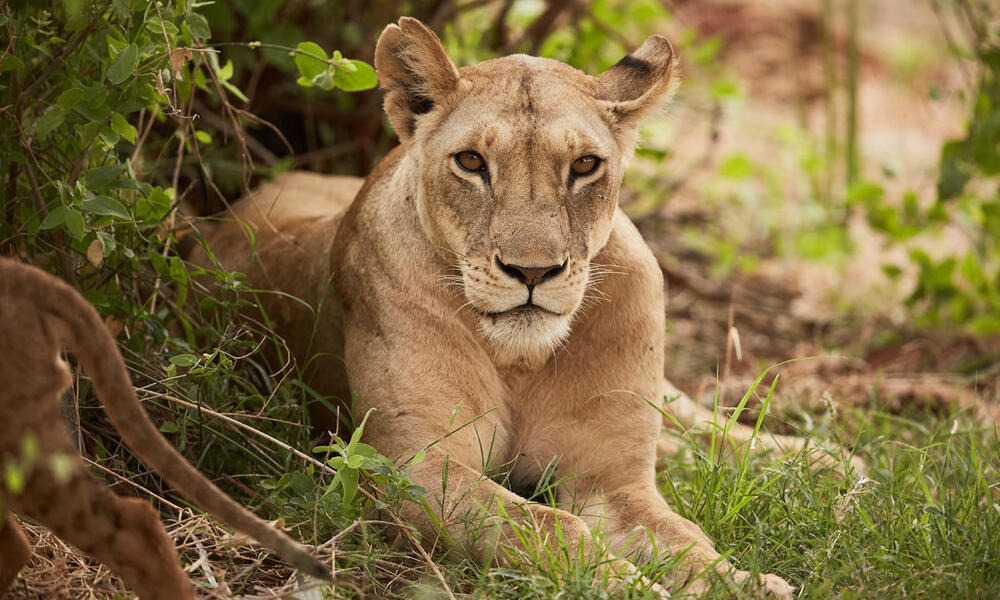
Lion populations in Kenya are at risk, threatened by climate change, habitat loss and fragmentation, illegal wildlife trade and conflict with people. African lion numbers have declined by over 40% in the past three generations. Exact lion numbers in Kenya are unknown so a census commenced in 2018 to determine this. Expanding human population means land is increasingly being used for settlements and livestock grazing – this alongside agricultural expansion is reducing space and natural prey for lions and creating a higher chance of them preying on livestock. This, compounded with the increasing effects of climate change means that the situation is only set to deteriorate further unless action happens soon. WWF is working to solve the complex challenges that lions face and develop solutions that work for wildlife and people.
Furthermore, behavioural studies have highlighted the importance of pride dynamics and the roles of different members within a pride. For example, lionesses are the primary hunters, while male lions protect the pride and its territory. Understanding these dynamics helps conservationists implement targeted strategies for protecting different aspects of lion society.
A Call to Action
The realm of lions is reverence and redemption, of trials and triumphs. Conservationists such as World Animal Protection (WAP), BioDB, governments, researchers, and communities stand as vanguards, weaving the fate of these majestic beings and the lands they tread.
As the sun sets on the savanna, let us remember that in the hands of humanity, the future of lions, rests, a future where the roar of the king of the jungle remains eternal, resonating across the vast landscapes of Africa, a timeless ode to the untamed spirit of nature’s royalty.
Edith Kabesiime, Wildlife Campaign Manager at World Animal Protection, emphasized the importance of protecting lions in their natural environment: “Lions remind us that we share this planet with other magnificent beings who deserve their rightful place in the circle of life. Conservation is our way of ensuring they continue to roar in the wild.”
In a vibrant commemoration of World Lion Day, World Animal Protection hosted a public art extravaganza at the Uganda Cultural Centre in Kampala. This event, under the theme ‘Stop treating wildlife like commodities,’ aimed to raise awareness about the critical situation faced by lions in Africa.
Ugandan creatives lent their talents to express the urgency of ending practices such as captive breeding, petting, and the trade in lion parts, all of which contribute to the decline of Africa’s lion populations. This creative call to action resonates with the message that lions belong in the wild, not in cages or subjected to exploitation for profit.
Conservationists, governments, and communities must work together to halt these harmful practices and ensure a brighter future for these iconic creatures. The World Lion Day event serves as a rallying cry for individuals and governments to take a stand and protect these majestic beings for generations to come.
“Lions remind us that we share this planet with other magnificent beings who deserve their rightful place in the circle of life. Conservation is our way of ensuring they continue to roar in the wild.” – Richard Leakey.
Author bio:
Assaf Levy is the Founder & CEO of BioDB.com – a group tasked with collecting conservation data, raising awareness for biodiversity loss and fundraising.
Additional reporting and partial editing by Daniels N. Tatya
Author Profile
Latest entries
 Crime newsOctober 26, 2023A Silent Boy-Child Killer Exposed: Unveiling Brenda, A Gorgeous City Dove at Whose S3X Network a Formidable Corporate Figure Donny Nearly Collapsed Dead
Crime newsOctober 26, 2023A Silent Boy-Child Killer Exposed: Unveiling Brenda, A Gorgeous City Dove at Whose S3X Network a Formidable Corporate Figure Donny Nearly Collapsed Dead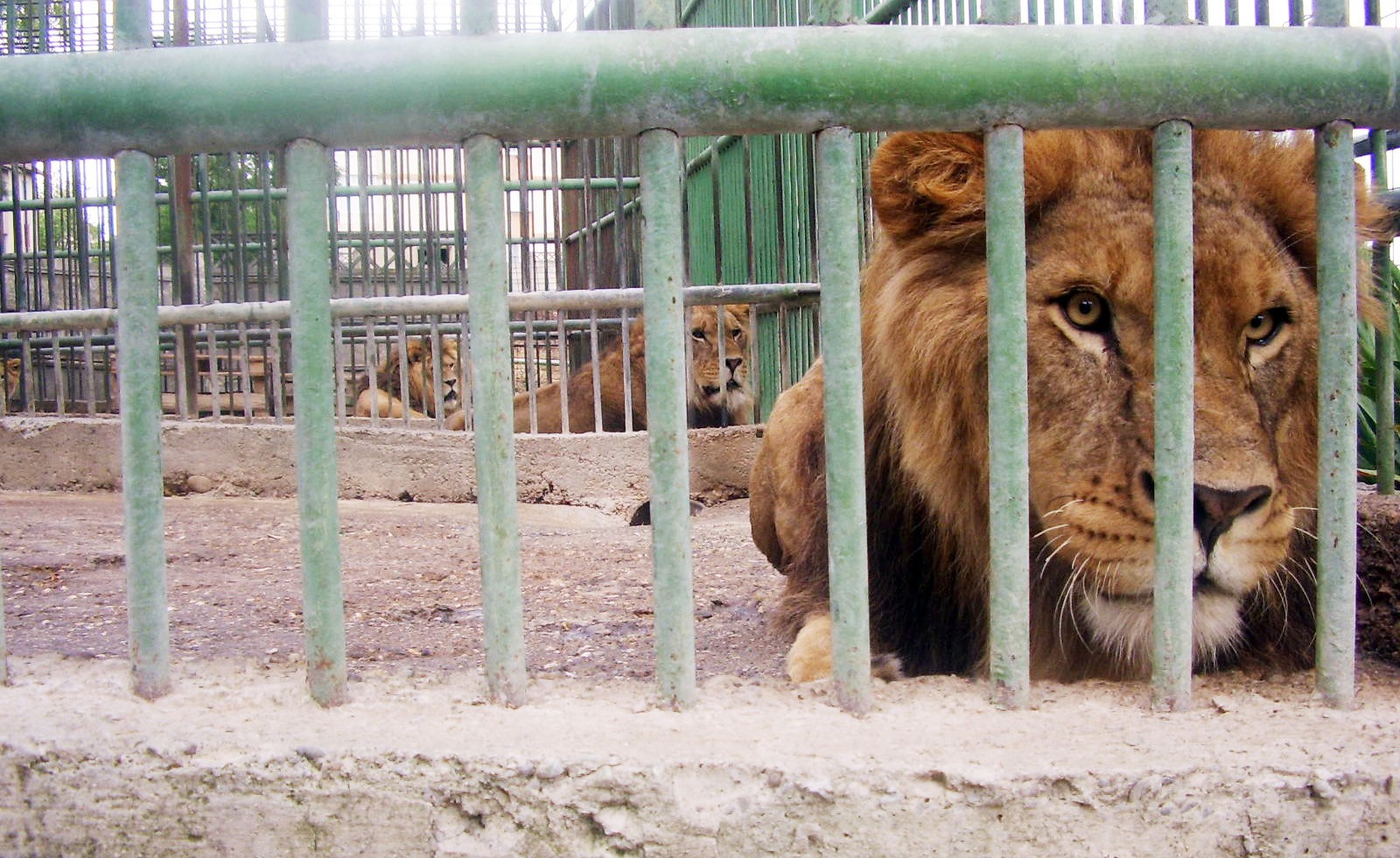 BusinessAugust 13, 2023ROARING MAJESTY: Taking You Around the Wilderness Trenches and Unravelling the Epic Saga of the King of The Jungle and His Fight for Survival
BusinessAugust 13, 2023ROARING MAJESTY: Taking You Around the Wilderness Trenches and Unravelling the Epic Saga of the King of The Jungle and His Fight for Survival BusinessJune 20, 2023Firm Voice: Celebrated Media Consultant Joel Isabirye Weighs in on Kenzo-Bobi Verbal Artilleries; Tells Ug Artistes Will Bicker on Until Cows Return Home
BusinessJune 20, 2023Firm Voice: Celebrated Media Consultant Joel Isabirye Weighs in on Kenzo-Bobi Verbal Artilleries; Tells Ug Artistes Will Bicker on Until Cows Return Home BusinessJune 16, 2023Professor Durraiz Rehman: Globalization has Matured; The Culture of Integrated and Collaborative Team Work is Inevitable
BusinessJune 16, 2023Professor Durraiz Rehman: Globalization has Matured; The Culture of Integrated and Collaborative Team Work is Inevitable







